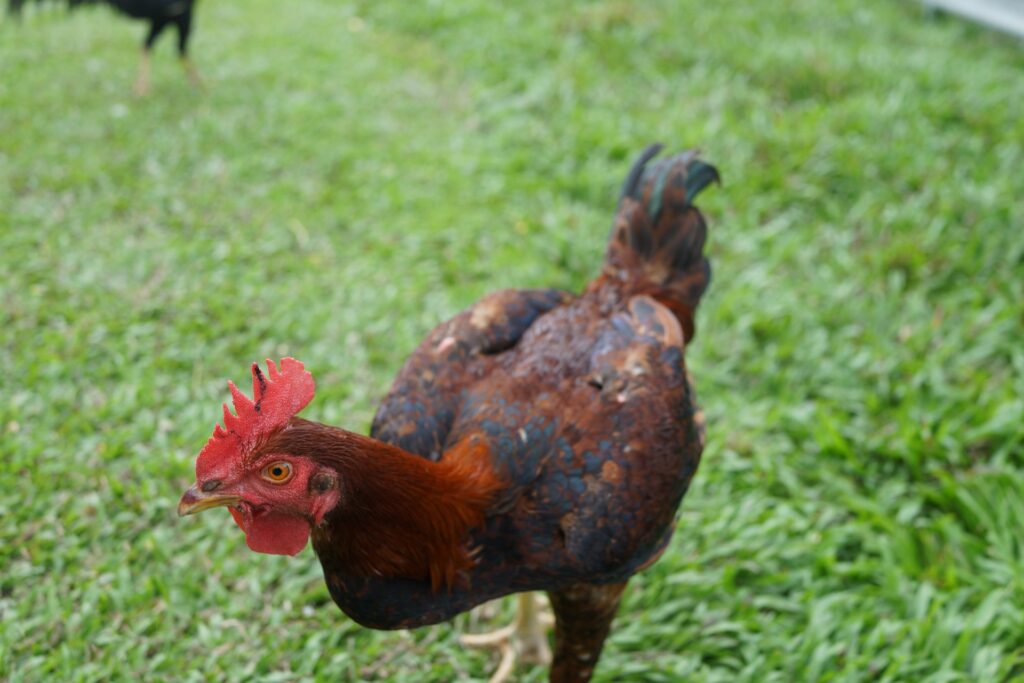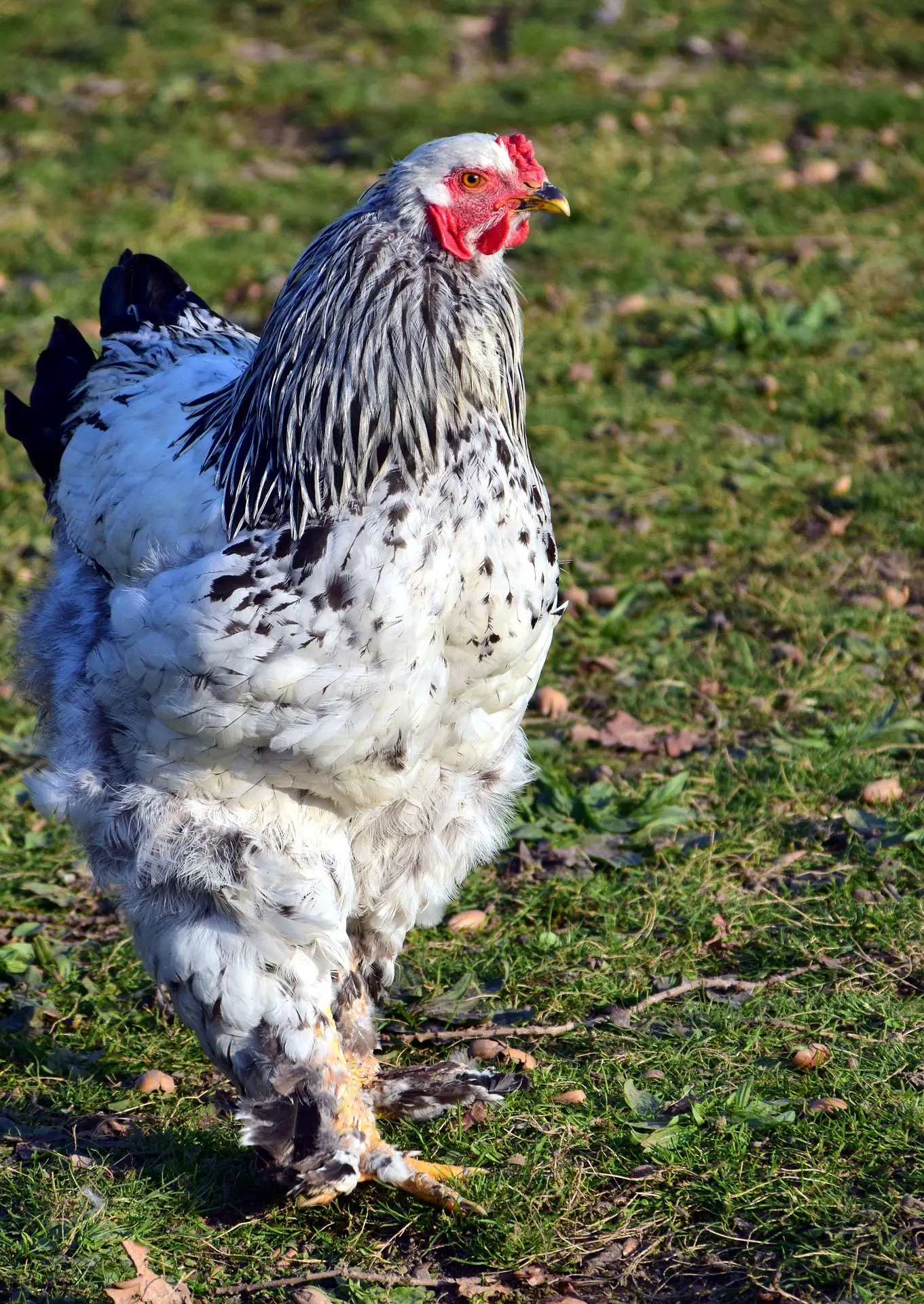Chickens moulting guide: If you’ve ever kept chickens, you may have experienced the puzzling sight of a hen suddenly losing her feathers and looking raggedy. Don’t worry, your hen isn’t sick or injured. She’s likely going through a natural process called molting, which is a regular occurrence in the life cycle of chickens.
In this blog post, we’ll delve into the fascinating world of chicken molting, exploring what it is, why it happens, and how to care for your chickens during this period of feathered frenzy.
You may also want to read about the best chicken feed.
What is Molting?
Molting is the process of shedding old feathers and regrowing new ones in chickens. It is a natural cycle that occurs in all birds, including chickens, as a way to replace damaged or worn-out feathers and maintain optimal feather condition. Chickens molt periodically throughout their lives, typically once or twice a year, although the frequency and duration of molting can vary depending on factors such as breed, age, health, and environmental conditions.
Molting is a complex biological process that involves the shedding of old feathers and the growth of new ones. During molting, chickens typically lose feathers in a specific pattern, starting with the head and neck, then moving to the body, wings, and tail. The process usually takes several weeks to months, and during this time, chickens may look scruffy, bare, and vulnerable. However, it’s important to note that molting is a natural and necessary process for chickens, and they will eventually regrow their feathers and return to their usual feathery glory.

chickens moulting
Why Do Chickens Molt?
Chickens moulting serves several important purposes for chickens. First and foremost, it allows chickens to replace damaged or worn-out feathers, which can occur due to factors such as wear and tear, exposure to environmental elements, pecking from other chickens, or parasites. By shedding old feathers and growing new ones, chickens can maintain the integrity and functionality of their plumage, which is essential for various aspects of their health and well-being.
Secondly, molting plays a role in regulating a chicken’s body temperature. Feathers are not only decorative, but they also serve as insulation, helping chickens stay warm in cold weather and cool in hot weather. During molting, chickens may shed their old feathers to adjust their plumage according to the changing seasons and environmental conditions. This allows them to adapt to the weather and maintain optimal body temperature, which is crucial for their survival.
Lastly, molting is also linked to the reproductive cycle of chickens. In many chicken breeds, molting is triggered by changes in daylight hours, with shorter days and longer nights signaling to chickens that it’s time to shed old feathers and regrow new ones. Molting allows chickens to conserve energy and resources during the winter months when food may be scarce and redirect those resources towards reproduction in the spring when food availability increases. This is why molted hens often experience a temporary decline in egg production during the molting process.
Caring for Chickens During Molting
It’s important for chicken owners to take special care of their chickens moulting to ensure that they stay healthy and comfortable. Here are some tips for caring for chickens during molting:
- Provide extra protein – During molting, chickens need extra protein to support the growth of new feathers. Make sure to provide plenty of high-protein foods, such as mealworms, black oil sunflower seeds, and scrambled eggs.
- Keep them warm – Chickens may be more susceptible to cold temperatures during molting because they have lost their feathers. Make sure that your chickens have a warm and dry place to roost at night, and consider adding extra bedding to their coop to help keep them warm.
- Reduce stress – Molting can be a stressful time for chickens, so it’s important to reduce stress as much as possible. Avoid making any major changes to their environment or routine during molting, and try to keep noise and activity levels low around the coop.
- Provide extra water – Chickens may drink more water during molting because their bodies are working hard to grow new feathers. Make sure to provide plenty of clean water, and consider adding an electrolyte supplement to their water to help keep them hydrated.
- Monitor for illness – Chickens may be more prone to illness during molting because their immune systems are weakened. Monitor your chickens closely for any signs of illness, such as lethargy, loss of appetite, or diarrhea, and seek veterinary care if necessary.
Conclusion
Molting is a natural and necessary process that occurs in all breeds of chickens. During molting, chickens shed their old feathers and grow new ones. Molting can be a stressful time for chickens, and it’s important for chicken owners to be aware of the signs of molting and how to care for their chickens during this time. By providing extra protein, keeping them warm, reducing stress, providing extra water, and monitoring for illness, chicken owners can help their chickens moulting.

